Resting on the southern banks of the Zambezi river at the western end of the eponymous falls, this popular tourist town is compact enough to walk around and makes an ideal base for travellers exploring the seventh wonder of the world, the unfathomably vast Victoria Falls. About two thirds of the falls can be viewed from the Zimbabwean side and, while the falls are undoubtedly the star attraction, the area provides both adventure seekers and sightseers with plenty of opportunities to warrant a longer stay. Popular activities include scenic flights over the falls in helicopters or micro lights, bungee jumping off the Victoria Falls Bridge, white-water rafting (seasonal), and day trips to Chobe National Park. The town itself offers some excellent accommodation and restaurant options as well as an eclectic variety of African curios and authentic art sold by friendly Zimbabwean locals who are wonderfully welcoming and eager to help you enjoy your stay.
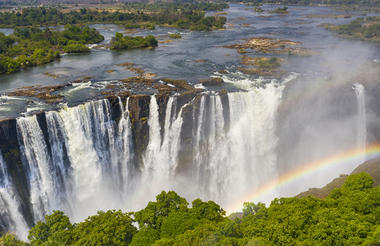
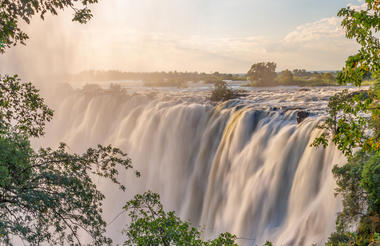
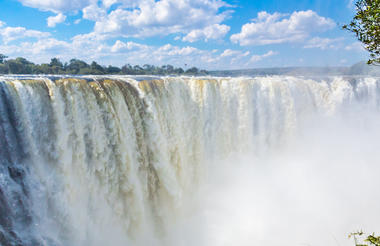
The Chobe River forms the northern boundary of the Chobe National Park, renowned for its reliable and diverse game viewing. Safaris are conducted both by boat and on land. This section of the park is best known for its elephant and hippo populations but the waters attract all manner of game including large herds of buffalo and the lions that prey on them.
Hwange National Park is the largest reserve in Zimbabwe and is home to a variety of wildlife, including giraffes, lions, zebras and about 40 000 elephants. It is also a protected region for endangered species. The area stretches from sandy dunes and savannahs through to rocky terrain and forests.
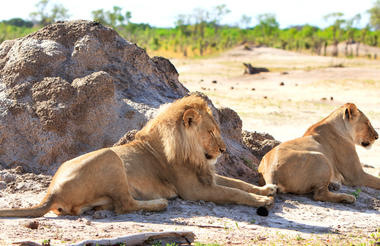

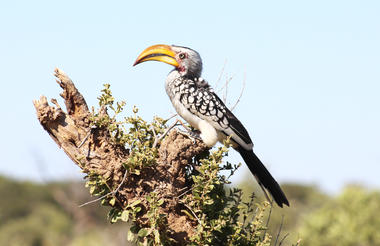
Idyllically located in the spectacular Matobo Hills, the renowned Matobo National Park is known for its rich human history, its remarkably diverse flora and fauna and its magnificent rugged terrain. This unspoiled natural wilderness features a range of massive red-tinged, granite boulders interspersed with gorgeous wooded valleys making it a dream destination for hikers, climbers and nature lovers alike. The reserve is compact, easily accessible and is home to an impressive range of African wildlife including the highly endangered black and white rhinoceros, zebra, wildebeest, giraffe, cheetah, hippo, warthog and crocodile as well as Africa's largest concentration of leopard and black eagles. This unforgettable national park serves as an ideal stopover for travellers heading to the popular tourist sites of Hwange and the majestic Victoria Falls.
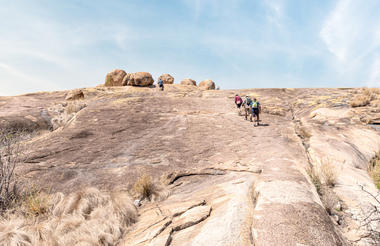
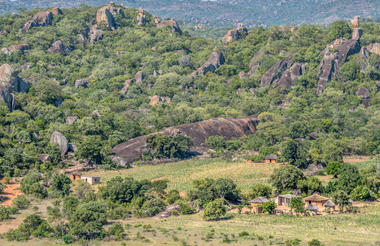
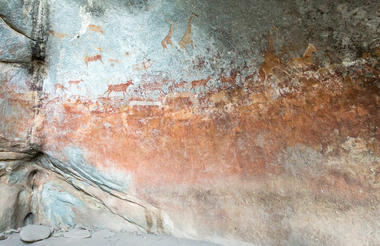
Situated 180 kilometres north of Francistown, the small village of Nata is a popular stopover between Maun and Kasane along a road known as the ‘game drive route’ as there is often a chance to catch a glimpse of wildlife along the way. The unique landscape that surrounds the area around Nata features white sand, tall termite mounds and the Mokolwane palm trees. Nata is a convenient stop for tourists to fill up at numerous filling station. Nata serves as an excellent base from which to explore the eastern section of the spectacular Makgadikgadi Pans. The Nata Sanctuary is a popular stop and a highlight for avid bird watchers, where lucky visitors can be rewarded with large flocks of Flamingos and Pelicans, which breed here each year.
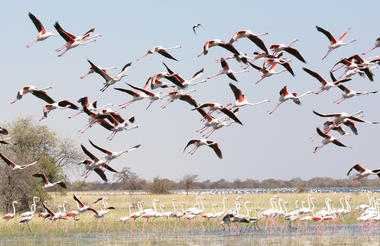
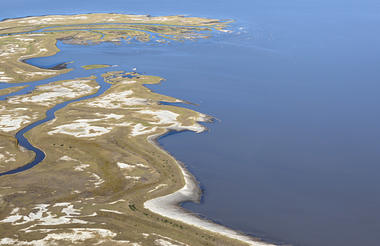
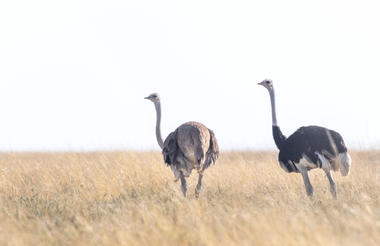
Known as the gateway to the Makgadikgadi Pans, the tiny old Botswanan village of Gweta is a pleasant place to stay while exploring the vast salt pans. Take a guided walk or quad bike ride through Gweta’s surrounds and discover flint-head spears and other artifacts abandoned by the area’s early Stone Age inhabitants. Experience a barbecue under the star-studded African sky while sipping on traditional, organic sorghum beer or a creamy baobab milkshake. During the rainy season, the Gweta area teems with zebra and wildebeest and these, in turn, attract hungry predators such as lion and cheetah. If a unique and interesting getaway is what you are after, Gweta won’t fail to impress.


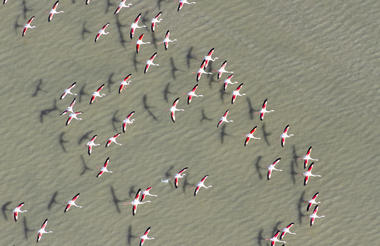
Set on the banks of the beautiful Thamalakane River in northern Botswana, Maun is the third largest town in this spectacularly scenic southern African country. Maun is the starting point for most expeditions into the Okavango Delta and as a result, has developed into a bustling metropolis that is considered Botswana’s tourism capital. Area attractions include a renowned riverboat that offers cruises up and down the Thamalakane River; the forest groves of the Maun Game Reserve; and Moremi Game Reserve, home to hippos, lions and rhinos. Maun also serves as the jumping off point for many safaris and air charters as well as offers 4x4 rentals. Don’t miss the Nhabe Museum exhibiting the local history, art and culture of the Ngamiland region.
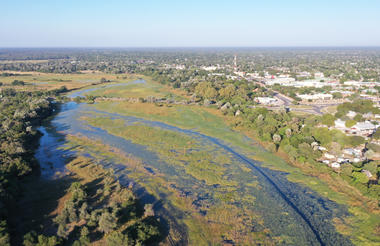
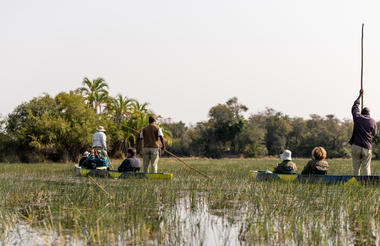
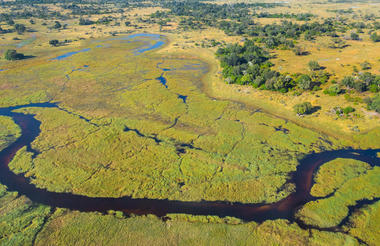
The Greater Moremi Area encompasses the Moremi Game Reserve and the neighboring Khwai Concession in Botswana. This diverse region features a rich mosaic of landscapes, including mopane woodlands, floodplains, lagoons, papyrus-lined rivers, and acacia forests, which support an incredible array of wildlife. At the heart of the region lies the Okavango Delta, a UNESCO World Heritage Site, which brings life to this unique ecosystem through seasonal floods and diverse habitats. The Greater Moremi Area is renowned for its remarkable biodiversity, with thriving wildlife populations including the Big Five—lion, leopard, elephant, buffalo and rhino—along with countless other species such as African wild dogs, hippos, zebras, giraffes, and a stunning variety of birdlife. For safari enthusiasts, this area offers some of the most authentic and rewarding wildlife experiences in Africa, where the beauty of the delta and the abundance of wildlife come together to create a truly unforgettable adventure.






